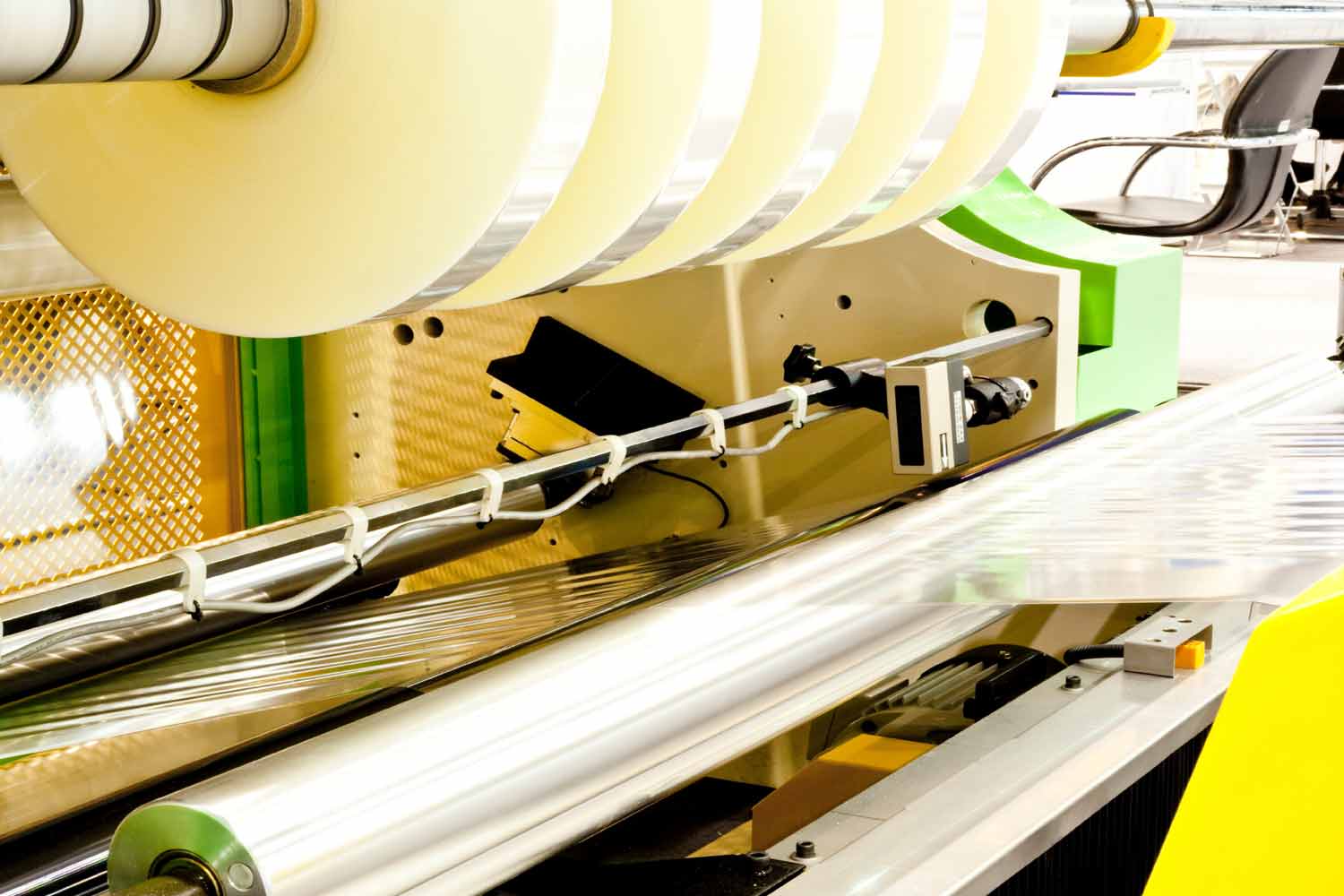Plastic Processing
Improve productivity and efficiency of plastic processing using accurate temperature data
Gain the ability to measure temperatures of individual targets or the complete width of the target
Use noncontact infrared sensors to avoid product contamination or process interference
Quickly detect potential problems to avoid scrap, waste and energy loss
Control temperature of fast moving parts

